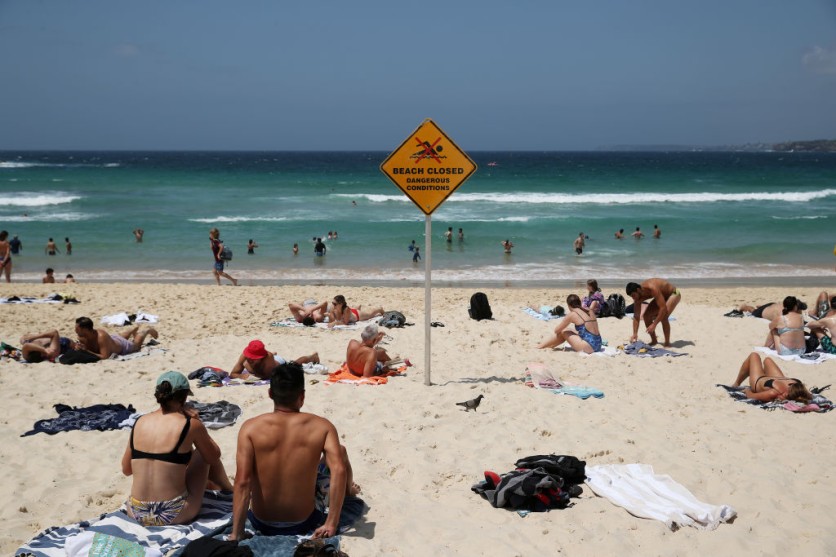Cardiff University scientists have developed an AI-based early warning system that uses hydrophones to detect tsunamis.
The team developed a system that employs state-of-the-art acoustic technology and artificial intelligence to quickly classify submarine earthquakes and determine the likelihood of a tsunami event.
To accomplish this, the team used hydrophones, which are underwater microphones, to record sound produced by 200 earthquakes in the Pacific and Indian Oceans.

Detecting Acoustic-gravity Waves
The research revealed that acoustic-gravity waves, sound waves that travel through the deep ocean at the speed of sound, carry information about the tectonic event's origin, and the pressure field can be detected thousands of kilometers away from the source.
Dr. Usama Kadri, a senior lecturer in Applied Mathematics at Cardiff University, emphasized that not all underwater earthquakes lead to tsunamis, which are highly destructive events that can cause significant loss of life and have devastating impacts on coastal areas.
At present, the effectiveness of tsunami warning systems depends on the arrival of waves at sea buoys before issuing a warning, which leaves limited time for evacuation.
Although seismic sensors are used in conjunction with sea buoys to detect underwater earthquakes, this technology is not always accurate in forecasting the risk of ensuing tsunamis.
In contrast, the team behind the newly developed system aims to complement and enhance the existing warning systems. By utilizing hydrophone recordings and a computational model, they were able to triangulate the source of the tectonic event.
Algorithms then classified the earthquake's slip type and magnitude. Subsequently, they calculated the earthquake properties, such as length, width, uplift speed, and duration, to determine the size of the tsunami.
Read Also : ESA Seeks Help From AI to Discover Exoplanets; Here's What to Know About Ariel Data Challenge 2023
Reduce False Alarms, Enhance Warning Systems
According to Dr. Bernabe Gomez Perez, co-author of the study, tectonic events with a strong vertical slip element are more likely to raise or lower the water column compared to horizontal slip elements.
He also emphasized that early knowledge of the slip type during the assessment process can reduce false alarms and enhance the reliability of the warning systems through independent cross-validation.
Dr. Perez carried out the research while at Cardiff and is now at the University of California in Los Angeles.
"Our study demonstrates how to obtain fast and reliable information about the size and scale of tsunamis by monitoring acoustic-gravity waves, which travel through the water much faster than tsunami waves enabling more time for evacuation of locations before landfall," Kadiri said in a press release statement.
The study titled "Numerical validation of an effective slender fault source solution for past tsunami scenarios" was published in the journal Physics of Fluids.
Related Article : Quick Guide: New AI-Powered App Superchat Allows Users to Chat With DaVinci, and Other Historical People!

ⓒ 2026 TECHTIMES.com All rights reserved. Do not reproduce without permission.




